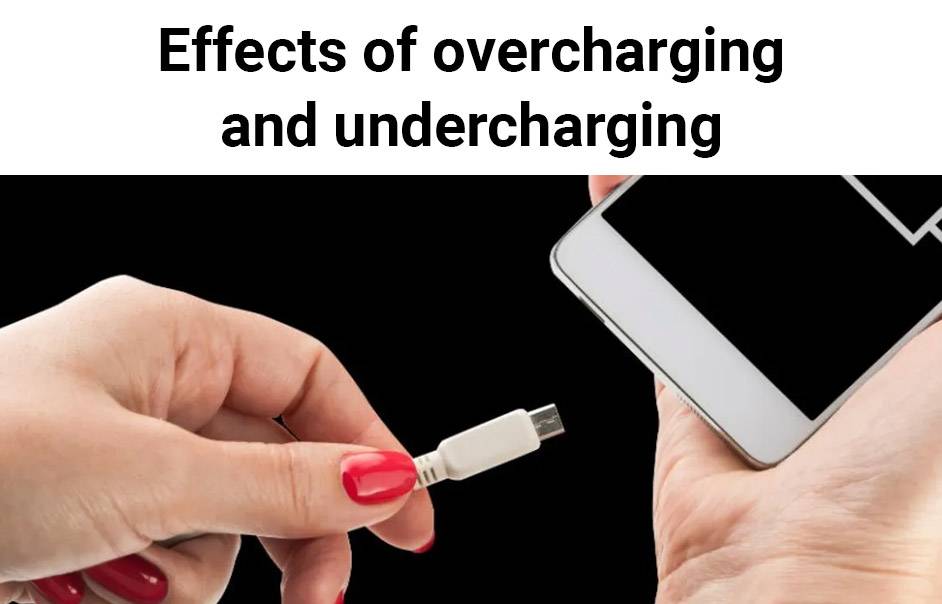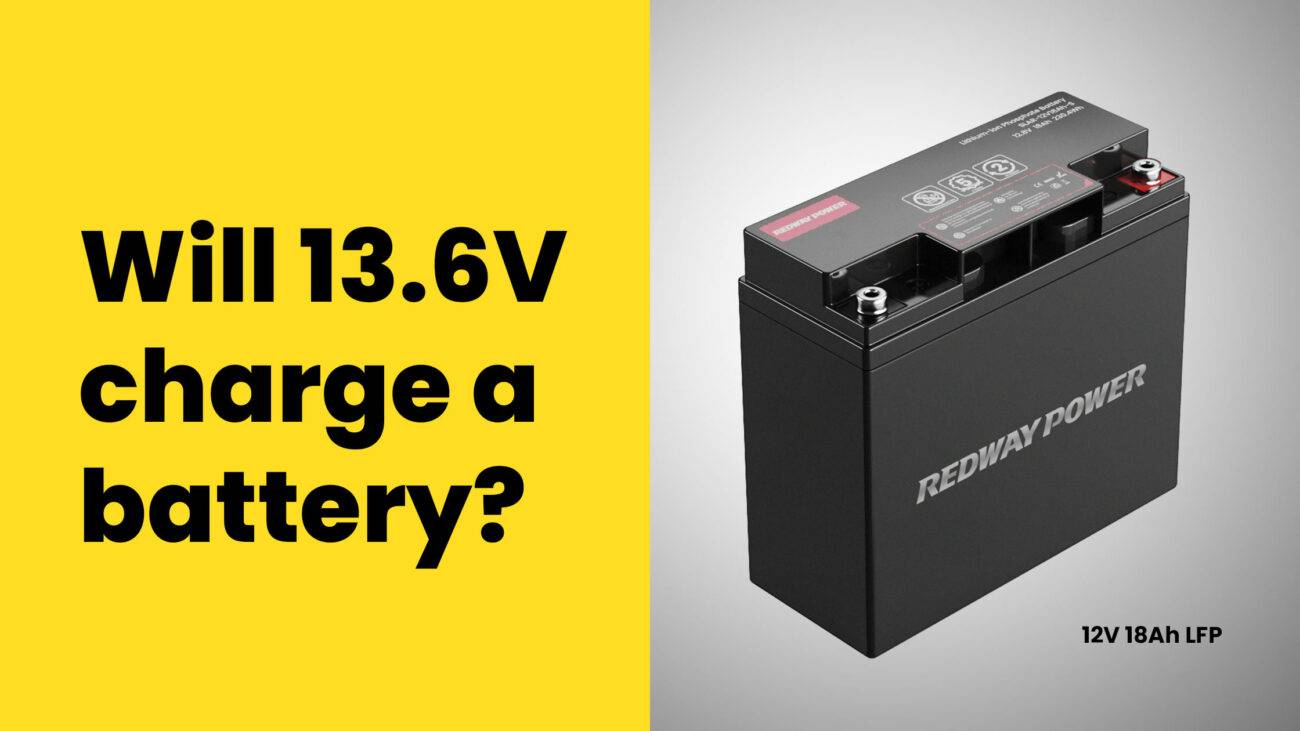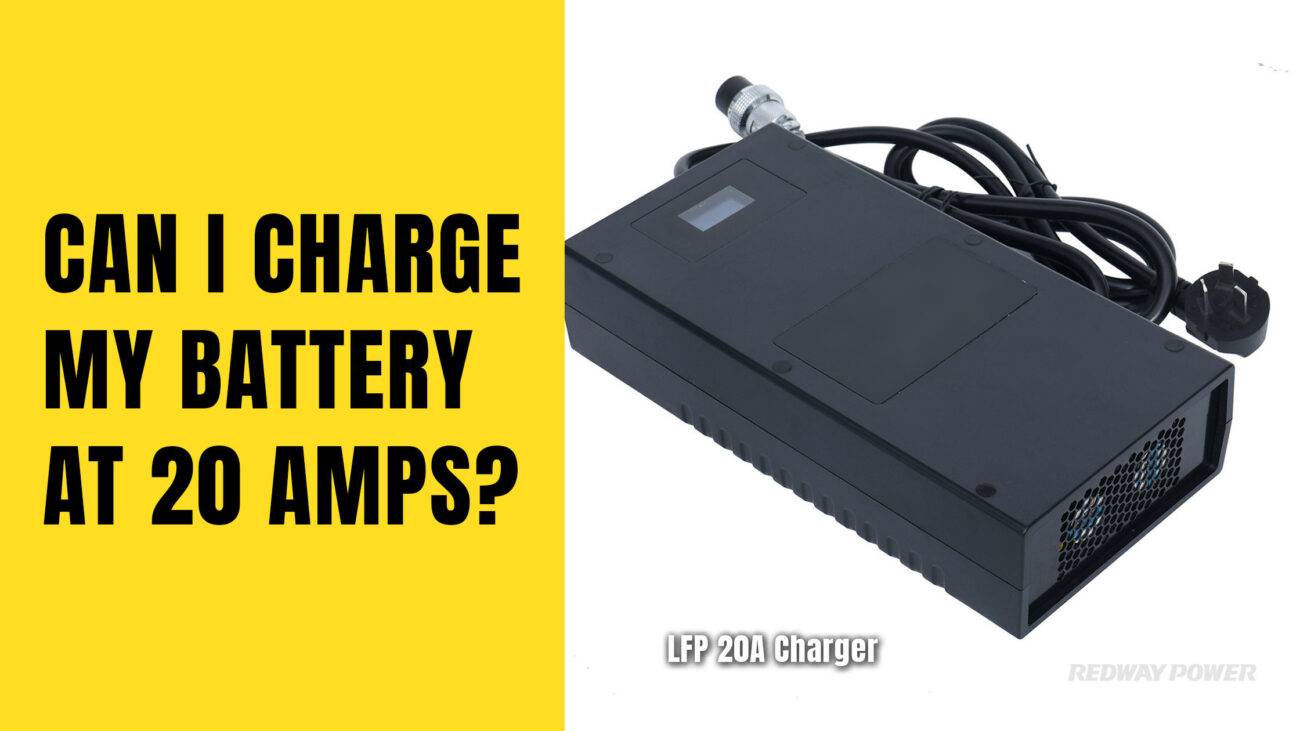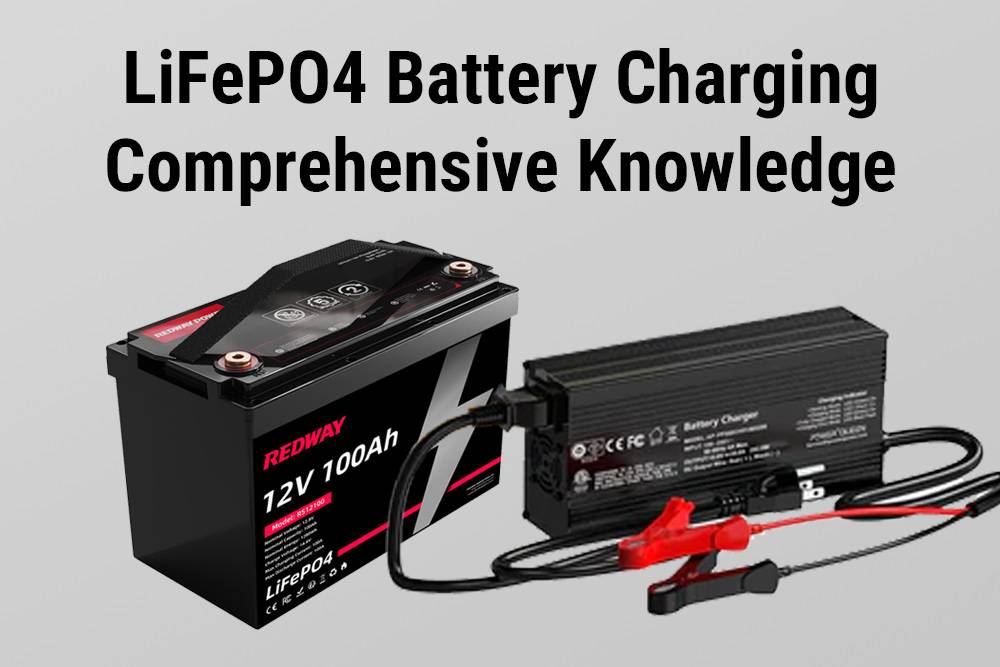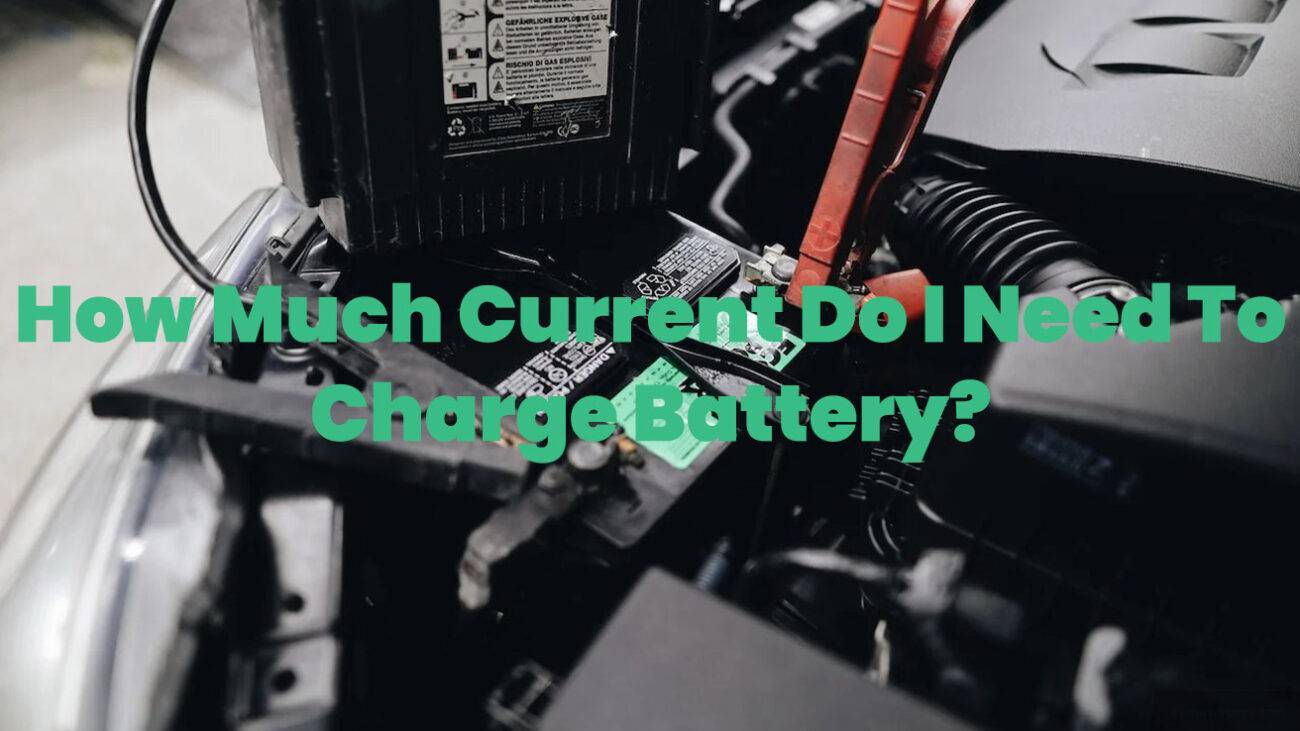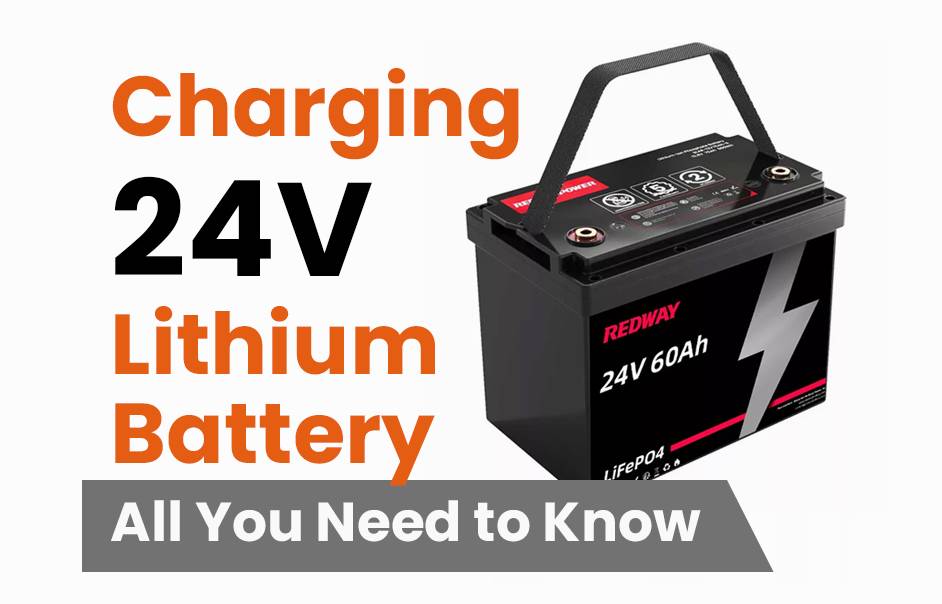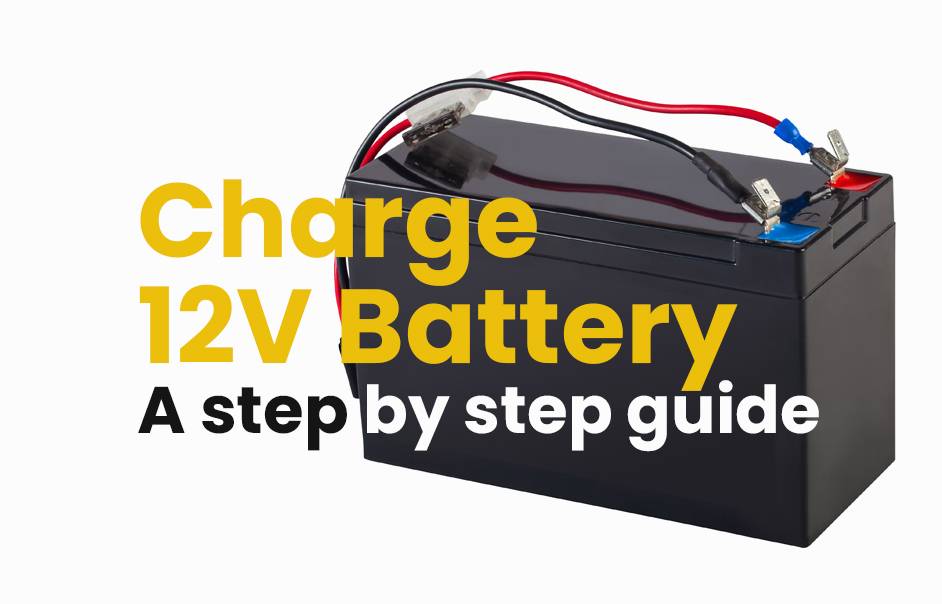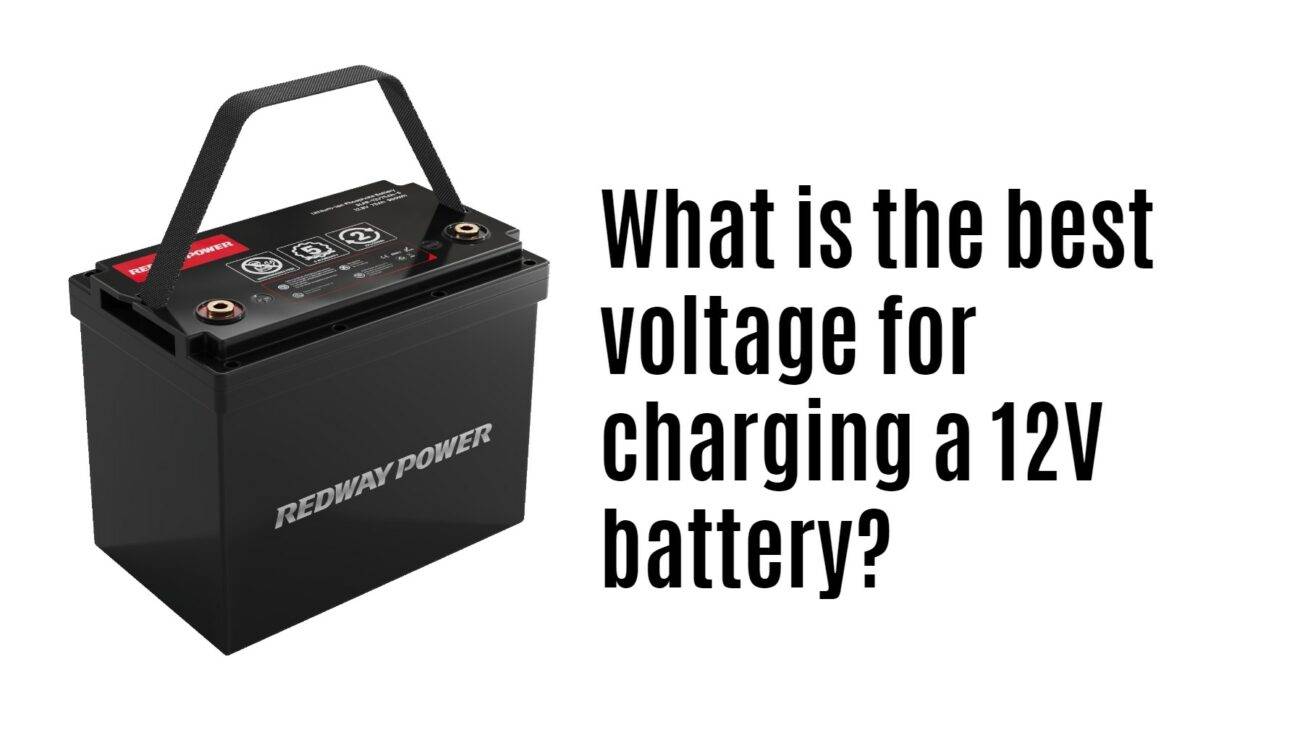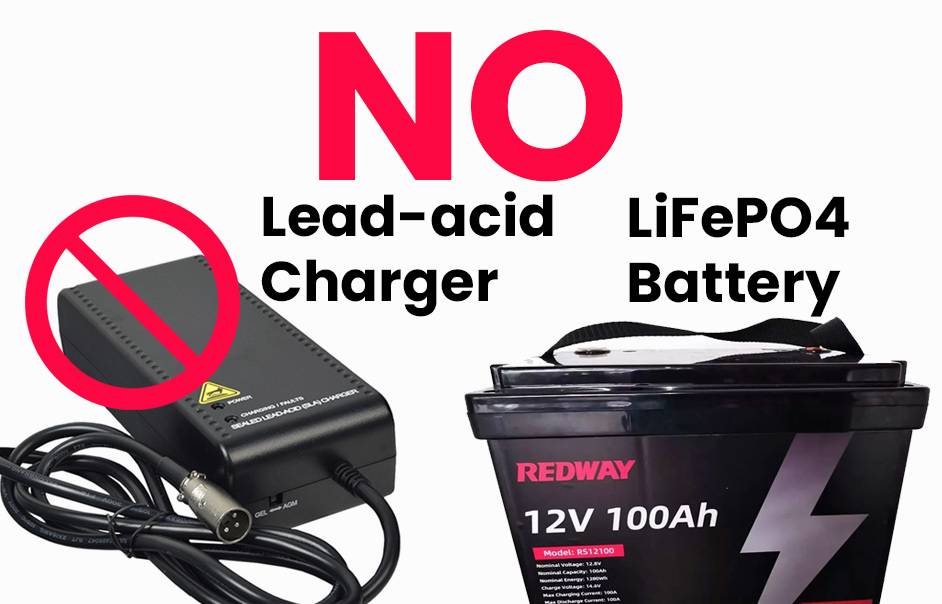- Lithium Golf Cart Battery
- Forklift Lithium Battery
-
48V
- 48V 210Ah
- 48V 300Ah
- 48V 420Ah (949 x 349 x 569 mm)
- 48V 420Ah (950 x 421 x 450 mm)
- 48V 456Ah
- 48V 460Ah (830 x 630 x 590 mm)
- 48V 460Ah (950 x 421 x 450 mm)
- 48V 460Ah (800 x 630 x 600 mm)
- 48V 460Ah (820 x 660 x 470 mm)
- 48V 500Ah
- 48V 560Ah (810 x 630 x 600 mm)
- 48V 560Ah (950 x 592 x 450 mm)
- 48V 600Ah
- 48V 630Ah
-
48V
- 12V Lithium Battery
12V 150Ah Lithium RV Battery
Bluetooth App | BCI Group 31
LiFePO4 Lithium
Discharge Temperature -20°C ~ 65°C
Fast Charger 14.6V 50A
Solar MPPT Charging - 24V Lithium Battery
- 36V Lithium Battery
- 48V Lithium Battery
-
48V LiFePO4 Battery
- 48V 50Ah
- 48V 50Ah (for Golf Carts)
- 48V 60Ah (8D)
- 48V 100Ah (8D)
- 48V 100Ah
- 48V 100Ah (Discharge 100A for Golf Carts)
- 48V 100Ah (Discharge 150A for Golf Carts)
- 48V 100Ah (Discharge 200A for Golf Carts)
- 48V 150Ah (for Golf Carts)
- 48V 160Ah (Discharge 100A for Golf Carts)
- 48V 160Ah (Discharge 160A for Golf Carts)
-
48V LiFePO4 Battery
- 60V Lithium Battery
-
60V LiFePO4 Battery
- 60V 20Ah
- 60V 30Ah
- 60V 50Ah
- 60V 50Ah (Small Size / Side Terminal)
- 60V 100Ah (for Electric Motocycle, Electric Scooter, LSV, AGV)
- 60V 100Ah (for Forklift, AGV, Electric Scooter, Sweeper)
- 60V 150Ah (E-Motocycle / E-Scooter / E-Tricycle / Tour LSV)
- 60V 200Ah (for Forklift, AGV, Electric Scooter, Sweeper)
-
60V LiFePO4 Battery
- 72V~96V Lithium Battery
- Rack-mounted Lithium Battery
- E-Bike Battery
- All-in-One Home-ESS
- Wall-mount Battery ESS
-
Home-ESS Lithium Battery PowerWall
- 24V 100Ah 2.4kWh PW24100-S PowerWall
- 48V 50Ah 2.4kWh PW4850-S PowerWall
- 48V 50Ah 2.56kWh PW5150-S PowerWall
- 48V 100Ah 5.12kWh PW51100-F PowerWall (IP65)
- 48V 100Ah 5.12kWh PW51100-S PowerWall
- 48V 100Ah 5.12kWh PW51100-H PowerWall
- 48V 200Ah 10kWh PW51200-H PowerWall
- 48V 300Ah 15kWh PW51300-H PowerWall
PowerWall 51.2V 100Ah LiFePO4 Lithium Battery
Highly popular in Asia and Eastern Europe.
CE Certification | Home-ESS -
Home-ESS Lithium Battery PowerWall
- Portable Power Stations
What Is the Best Battery Percentage to Charge for Longevity?
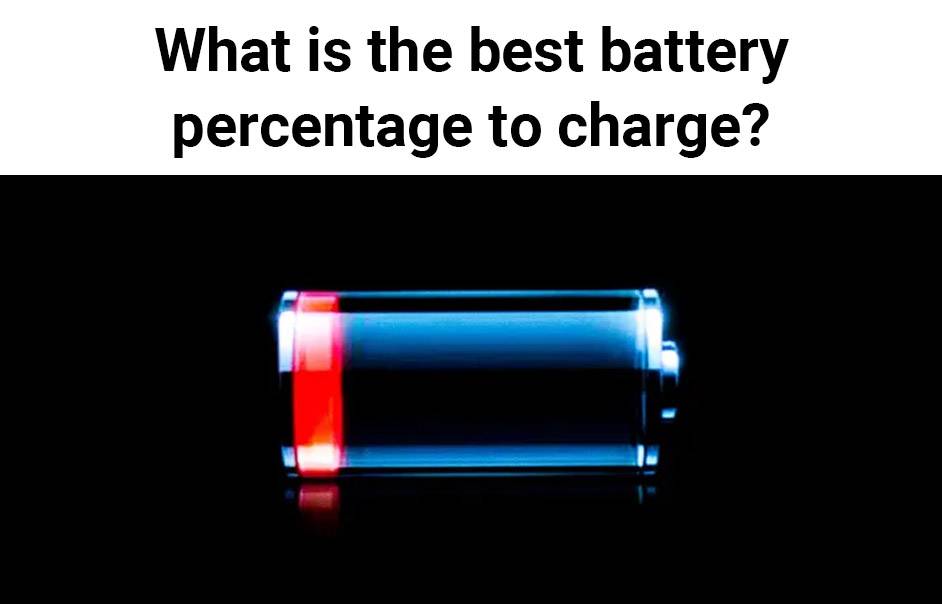
Maintaining the right battery percentage is crucial for extending the lifespan of lithium-ion batteries, commonly used in smartphones and electric vehicles. The ideal charging range is typically between 20% and 80%, which helps optimize performance and longevity.
Why is maintaining optimal battery percentage important for lifespan?
Maintaining an optimal battery percentage is essential for prolonging the lifespan of lithium-ion batteries. Keeping your battery charged between 20% and 80% minimizes stress on the cells, reducing wear and tear over time. This practice can significantly increase the number of charge cycles a battery can undergo before its capacity begins to diminish.Battery Lifespan Chart
| Charge Level (%) | Estimated Lifespan (Cycles) |
|---|---|
| 0-20 | 300-500 |
| 20-80 | 500-1500 |
| 80-100 | 300-500 |
What are the recommended charging levels for lithium-ion batteries?
The recommended charging levels for lithium-ion batteries are between 20% and 80%. This range strikes a balance between usability and longevity, allowing users to enjoy their devices without frequently worrying about recharging. Charging to full capacity (100%) or letting it drop below 20% can lead to faster degradation of the battery’s health.
How does overnight charging affect battery health?
Overnight charging can be detrimental to battery health if done regularly. While many people plug in their devices before bed, this practice often leads to prolonged exposure at or near full charge, which stresses the battery. To mitigate this, enabling features like Optimized Battery Charging on smartphones can help manage how long the device stays at full charge by delaying it until just before you wake up.Overnight Charging Impact Chart
| Charging Habit | Effect on Battery Health |
|---|---|
| Overnight Charging | Increased wear over time |
| Partial Day Charging | Reduced stress on cells |
| Optimized Charging | Maintains health effectively |
Which charging habits can prolong battery life?
To prolong battery life, consider adopting these charging habits:
- Avoid Full Charge Cycles: Instead of charging from 0% to 100%, aim for partial charges throughout the day.
- Charge Regularly: Topping up your battery when it reaches around 50% can help maintain optimal levels.
- Use Smart Charging Features: Many devices have built-in features that optimize charging patterns based on your usage habits.
- Limit Fast Charging: While convenient, frequent use of fast chargers can generate heat, which negatively impacts battery health.
What role does heat play in battery degradation?
Heat is one of the primary enemies of lithium-ion batteries. High temperatures accelerate chemical reactions within the cells, leading to faster degradation and reduced capacity over time. Keeping devices cool during charging—by avoiding direct sunlight and not covering them—can significantly enhance their longevity.Heat Impact Chart
| Temperature Range (°C) | Capacity Retention After One Year (%) |
|---|---|
| 25-40 | 85-96 |
| Above 40 | Drops significantly |
| Above 60 | Severe degradation in three months |
How can you calibrate your battery for accurate readings?
Calibrating your battery helps ensure that your device accurately reflects its charge level. To calibrate:
- Charge your device to 100% and leave it plugged in for a few hours.
- Use your device until it shuts down due to low power.
- Leave it off for several hours before fully recharging it again without interruption.
This process helps sync the actual state of charge with what your device displays, ensuring more reliable performance.
Conclusion
Understanding the best practices for charging your lithium-ion batteries is crucial for maximizing their lifespan and efficiency. By keeping your charge levels between 20% and 80%, avoiding overnight charges, managing heat exposure, and regularly calibrating your device, you can significantly enhance its performance over time.
FAQ Section
- What is the ideal range to keep my phone’s battery charged?
The ideal range is between 20% and 80% to maximize lifespan. - Is it bad to leave my phone plugged in overnight?
Yes, consistently leaving it plugged in overnight can stress the battery due to prolonged full charge exposure. - How often should I calibrate my phone’s battery?
Calibrating is generally unnecessary but may be beneficial if you notice inaccurate readings; doing it once every few months is sufficient. - Does heat really affect my phone’s battery life?
Absolutely; high temperatures can accelerate degradation significantly, so keep devices cool while charging.
